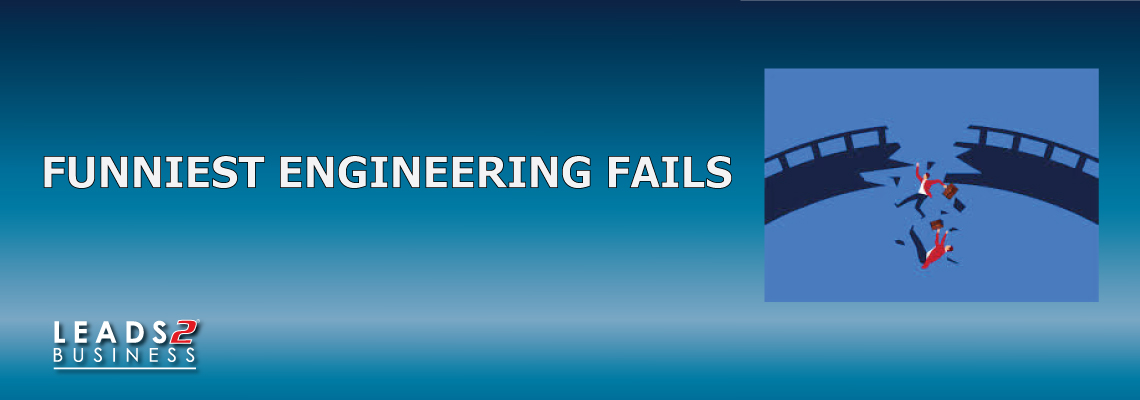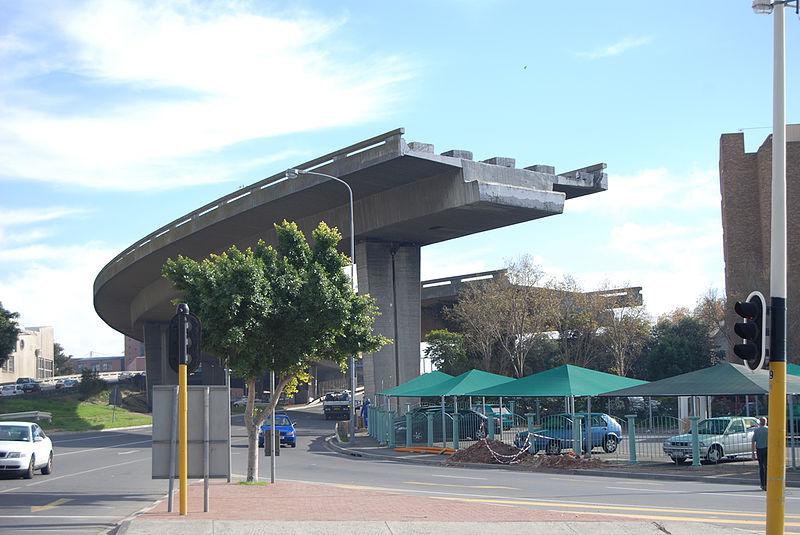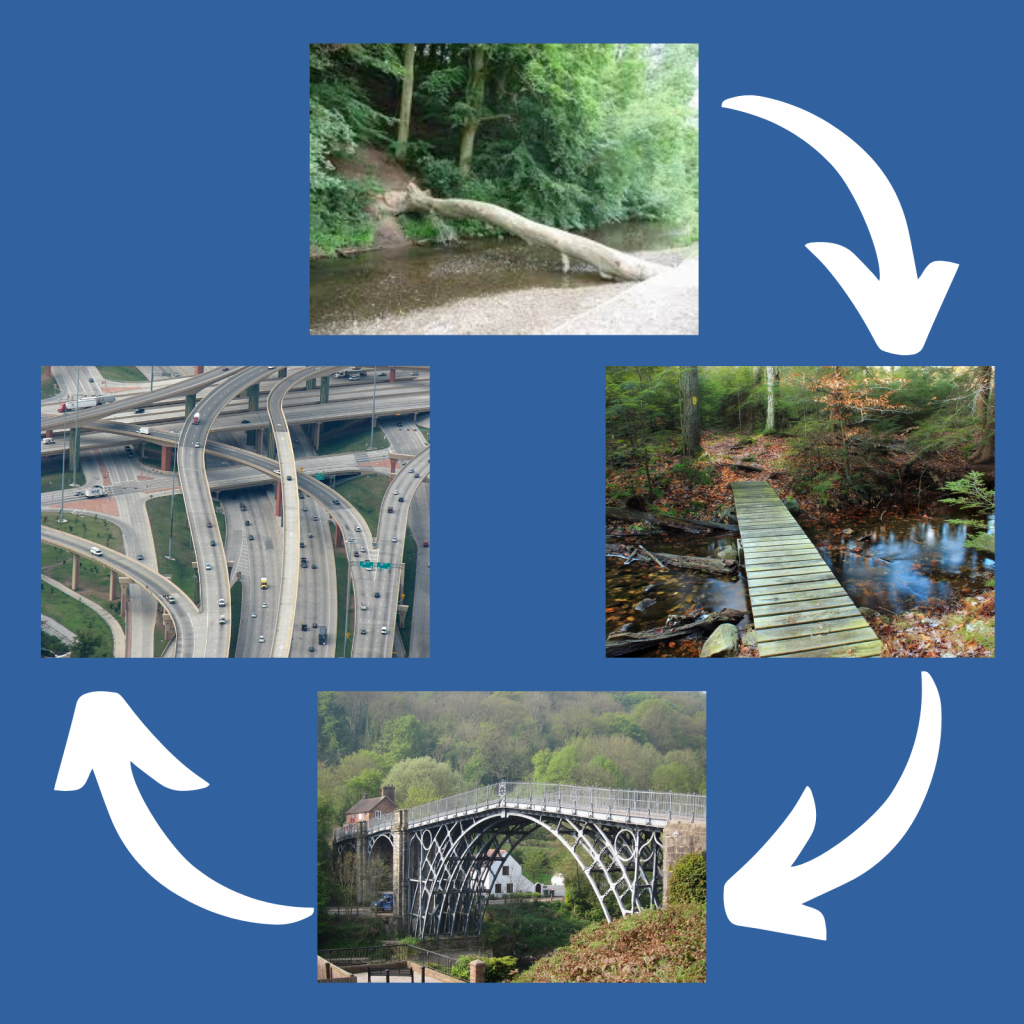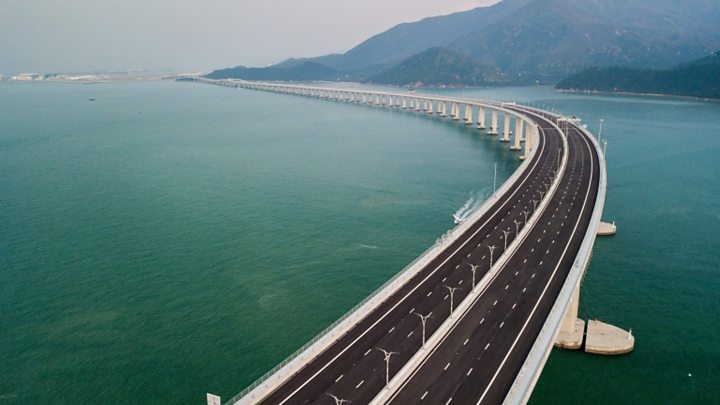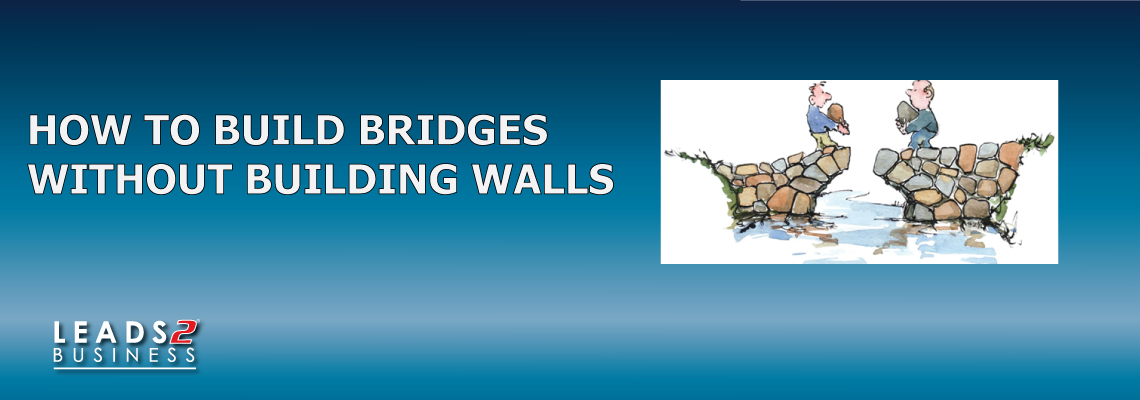
Building bridges in a metaphoric term means to open up, invite people into your personal space, and create relationships with people outside of your comfort zone. This is never an easy thing to do; as we get older it gets harder to “Build Bridges” and allow people to see a more vulnerable side of yourself. This is when we “put up walls” so we don’t appear weak to new people: – for example colleagues or clients.
When it comes to a business and the workplace, companies want employees to be able to be open and honest with each other within the Business (Building Bridges) this then creates a positive outlook when it comes to prospective and/or existing clients. With these “bridges built” within a company, it creates an atmosphere for us to be able to go out and impress clients as a collective and not individuals; therefore boosting our power within our prospective network. Empowering businesses and employees to strive for excellence. Every employee can “add a brick to the bridge” by striving for a positive office environment, as well as when representing the company by portraying a sense of professionalism.
Walls are important when building a solid structure such as an office block or building a new mall, but “Walls” are not good in a working environment. Walls are a metaphor for anything that is creating a negative block; walls contain a build-up of negative energy. When employees or even management of a company or businesses build walls, it can cause in office fighting and a lack of trust between management and employees.
There is going to be times when walls are going to be built, but it is important to break down those walls and build bridges.
Pope Francis quoted; “Build bridges, and tear down walls.”
Sources:
World Economic Forum
The Human Wi-Fi
If you are interested in becoming one of our subscribers, please visit Leads 2 Business.
To view notes with screenshots on how to use our website, please visit Leads 2 Business Wiki.
To view more Articles, please visit our Leads 2 Business Blog.
About Naomi Konigkramer
I have been at Leads to Business for 5 months, I have learned so many new things. I am very happy to be part of the Daily Tenders Department.


